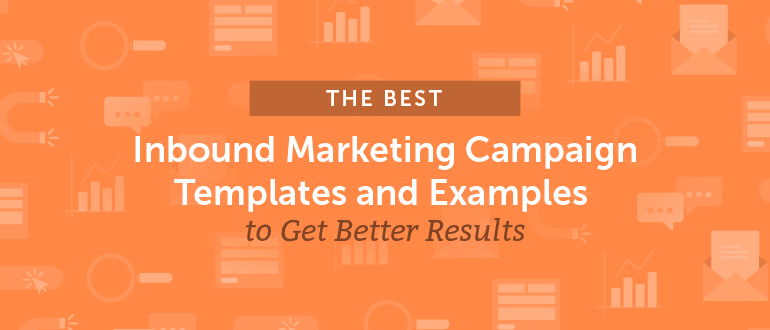
Inbound marketing is everywhere. It’s one of the best strategies marketing teams can deploy to increase results. Why?
Because it is focused on moving people down the
marketing funnel. Its purpose is to align all of your marketing channels and focus on providing something your audience deems relevant, useful, or valuable. Once they’re hooked, other tactics
nurture those leads until they become customers.
There are a lot of moving pieces and elements working together during an inbound marketing campaign. How do you know that your own campaign is leveraging all the right things to maximize results? Well, you’ve come to the right place.
This post will give you a rundown of all the things you should have in your inbound campaign, as well as a few inbound campaign examples from real-life companies across a range of industries.
Inbound Marketing Campaign Templates
Here are a few must-have templates to help you implement your inbound marketing campaign. You’ll find just about every template you need to get all your inbound marketing efforts sorted including:
- A user persona worksheet to help you target the right people.
- A landing page writing and tracking template to help you write, test, and track your landing pages.
- An email newsletter template to help you plan all your email marketing.
- An Excel marketing calendar to stay on top of it all.
What Exactly is Inbound Marketing?
You’re not silly for wondering what exactly inbound marketing is. There is often a bit of confusion around how inbound marketing is different from content marketing. Rightfully so. The two are similar. Here’s how they are different: ⬇️
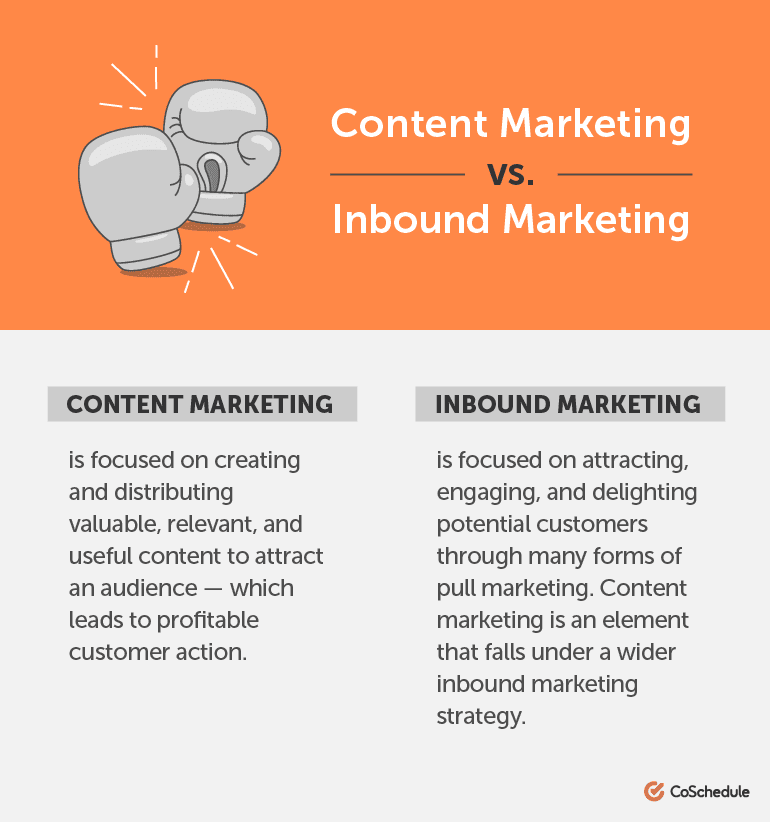
Inbound marketing is centered around providing value to potential customers. You start by creating helpful content, free templates, how-to guides etc. (i.e. content marketing). Once they find your content, you engage with them with gated content and nurturing campaigns. Finally, you continually delight the potential customer by being their trusty expert and advisor.
Inbound can be considered pull marketing, where customers are drawn to your company because of valuable or helpful content. This is different from outbound or push marketing – where products are “pushed” on to people.
How to Plan a Successful Inbound Marketing Campaign
As with any
marketing strategy, you need to put some time in on the front-end to set your initiatives up for success. Here are the necessary planning steps to lay a good foundation for your inbound activities.
Set S.M.A.R.T. Inbound Marketing Goals
At the risk of sounding like a broken record, marketers need to make sure their goals are S.M.A.R.T. or… Specific, Measurable, Attainable, Relevant, Time-bound.
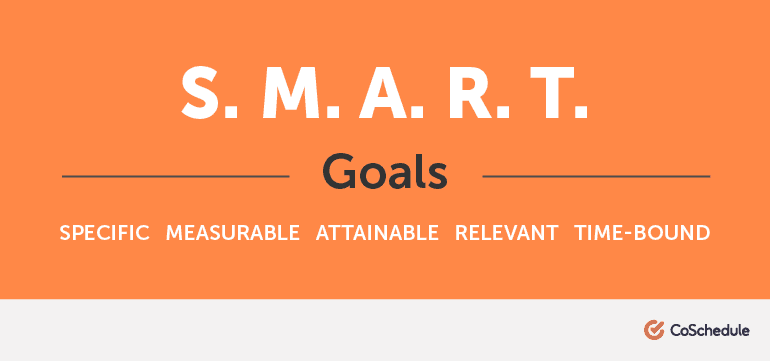
This is not an example of a well-thought-out marketing goal…
“I want more website visitors.”
This is what you should aim for instead…
‘We need 20,000 website visitors and 5% converted into leads, within the next 12-months in order to achieve our revenue goal of $300,000.
What’s hardest when setting your inbound marketing goals tying them back to wider business goals. In other words, making them relevant to the business. Here is an example of how to tie your inbound goals back to the business’ bottom line.
Start by figuring out how much revenue you need to generate.
Your company sold 2 million dollars in products or services last year and the company needs to grow by 10% next year. You already have 1.7 million dollars in sales promised for next year, expect another $250,000 from marketing initiatives. That leaves you with a gap of $250,000 that you need to close within the next 12-months.
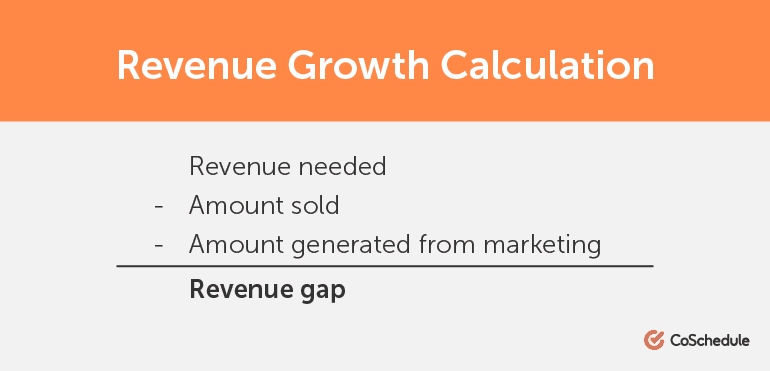 How many sales will it take to close your revenue gap?
How many sales will it take to close your revenue gap?
First, you’ll need to figure out the value of your average sale. Then, divide your revenue gap by your average sale. If your average sale is $10,000, then you’ll need 25 new customers next year. If your average sale is $300, then you’ll need about 834 new customers in the next 12 months.
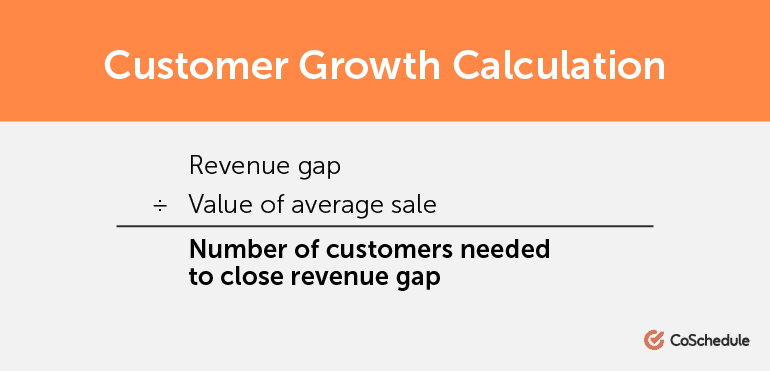 Calculate your SQLs
Calculate your SQLs - An SQL is Sales Qualified Lead... or someone who meets the ideal target market characteristics to justify an interaction with the sales team. If you need 25 new customers and your sales team closes 25% of the people they’re working with, your marketing team needs to bring in 100 SQLs for the sales team.
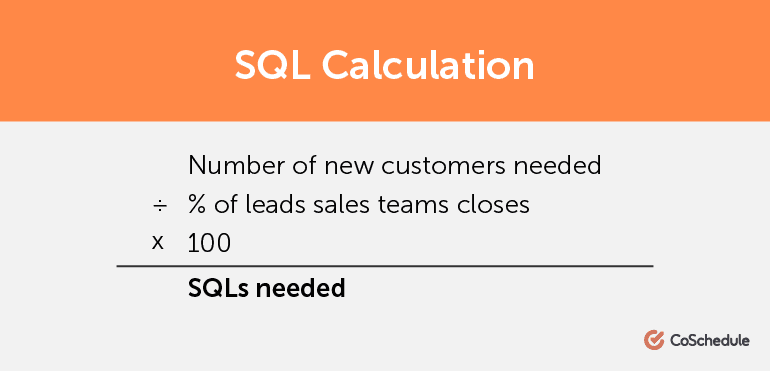 Calculate your MQLs
Calculate your MQLs - An MQL is a Marketing Qualified Lead... or someone who has the potential to purchase your product, but needs more nurturing. Let’s say that 30% of your MQLs turn into SQLs, then you need approximately 330 MQLs.
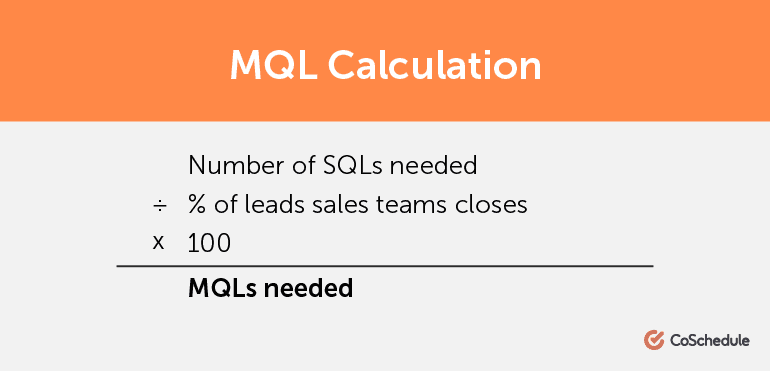 Calculate website traffic needed
Calculate website traffic needed - Now that you’ve calculated your MQLs, the last step is figuring out how many visitors you need in total to convert 330 of them into MQLs.
Industry average conversion rates range from about 2-5%. We’ll say 5% for the sake of this example. You’ll need about 6,600 website visitors next year to reach your goals.
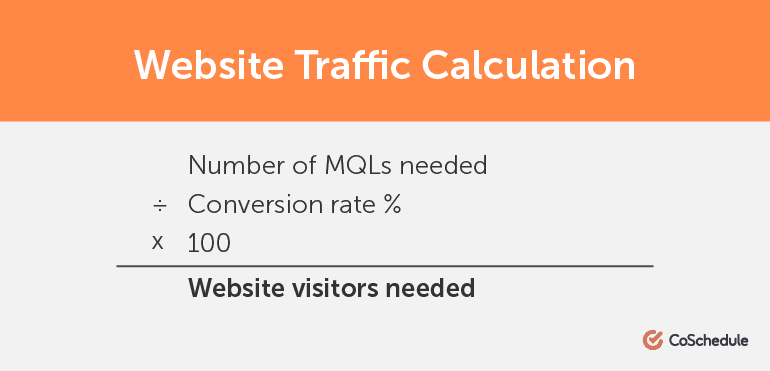
Identify Your Target Audience
Great content usually attracts an audience - which is one of the pillars of inbound marketing. Problem is, great content isn’t necessarily guaranteed to attract the
right audience for your brand.
You need to produce content that resonates with those who will buy your products or services.
How can you do that if you don’t know who your audience is?
Well... you can’t, really. Before you can attract them, you need to understand…
- Who they are.
- What their challenges are.
- How you can solve their problems.
- What they value.
- What motivates them.
By understanding who they are, what challenges they face, and what motivates them, you can create better messaging and increase the chances of converting them into customers.
Once you’re done formulating the ideal audience to target, create a user persona document to refer back to.
When you’re done, it should look something like this:
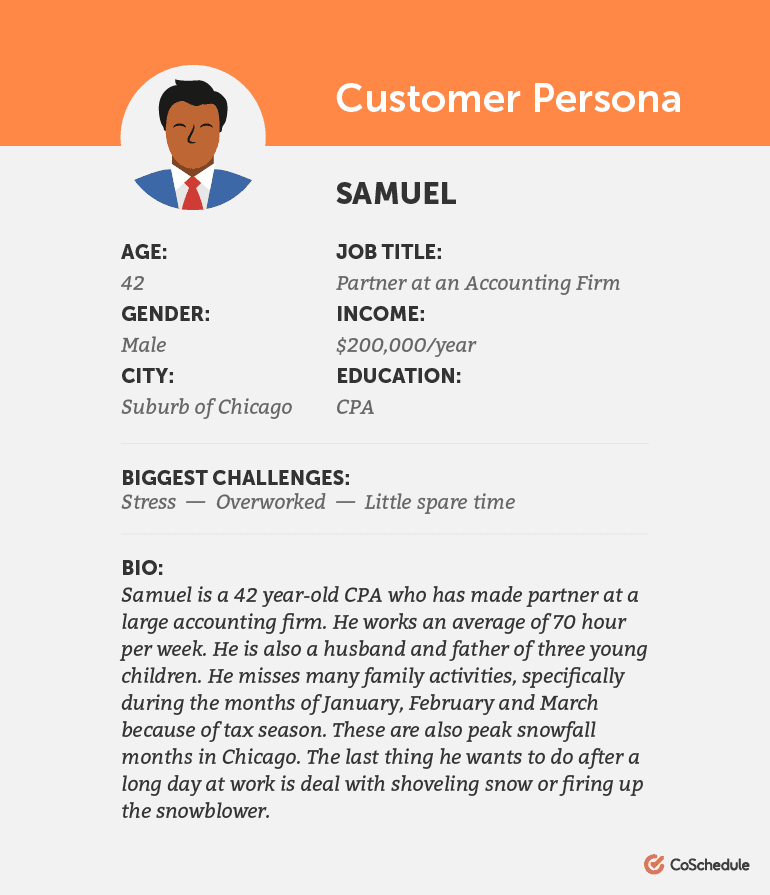
How to Use the User Persona Template
In the content download included in this post, you’ll find a user persona worksheet to help guide you through the process of finding your target audience.
Step 1: Create a fictional name and job description – This helps you understand what your target audience does for a living… the first step in understanding their challenges.
Step 2: Fill in the demographics – This paints a more contextual picture regarding who this individual is.
Step 3: Fill in their hobbies and interests – This can help you target your audience on the right channels, work with the right influencers, etc.
Step 4: Describe their challenges and goals – This can help you create valuable content to help solve their problems.
Step 5: Flesh out their values and fears – This allows you to gain a deeper understanding about what drives their decisions.
Step 6: Favorite blogs and news sources – This can help you in your retargeting efforts, guest blogging strategy and paid advertising efforts.
Step 7: Customer quote – Find a customer that fits this description and add a quote from them. Here’s an example from CoSchedule’s target persona worksheet:
“One of my biggest challenges as a Marketing Manager is my lack of visibility regarding my team’s daily priorities. I have a hard time knowing who is doing what and if we will hit our deadlines or not.”
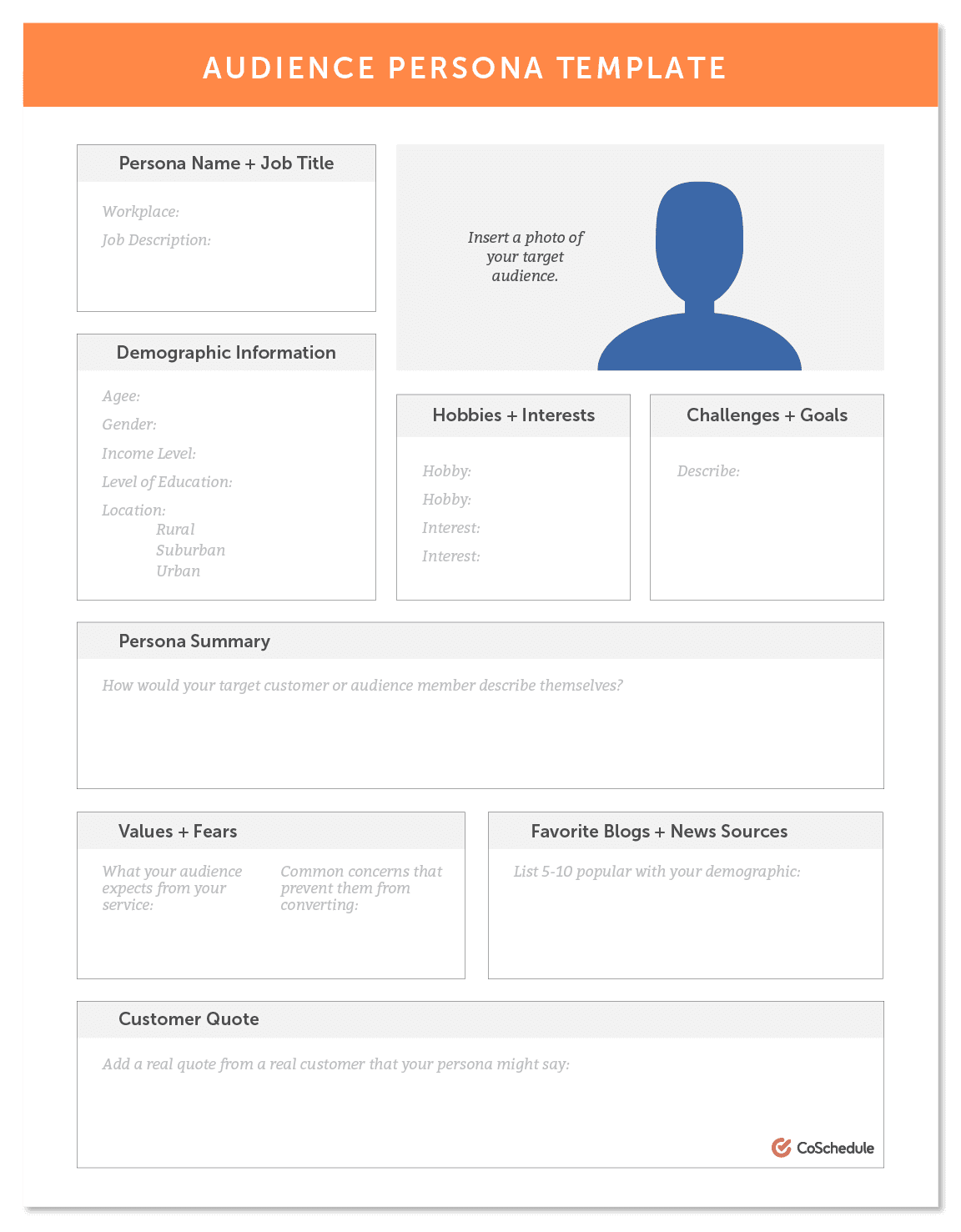
Keep All Your Inbound Initiatives in Sync with Daily Standups
Inbound marketing campaigns involve lots of ongoing projects with many moving parts. Coordinating these campaigns can be a nightmare for marketing managers because of the challenges associated with cross-functional collaboration.
The daily standup is something borrowed from Agile project management can help solve issues you’ve encountered with coordinating a cross-functional team.
Instead of wasting time trying to (unsuccessfully) track down status updates on various parts of your inbound initiatives, hold a
recurring daily stand up. The beauty of these meetings is they’re short, to the point, and essential for effective teamwork.
Everyone involved in your inbound activities gathers first thing in the morning, every morning and discusses:
- What they worked on yesterday.
- What they will work on today.
- What potential roadblocks might prevent their success.
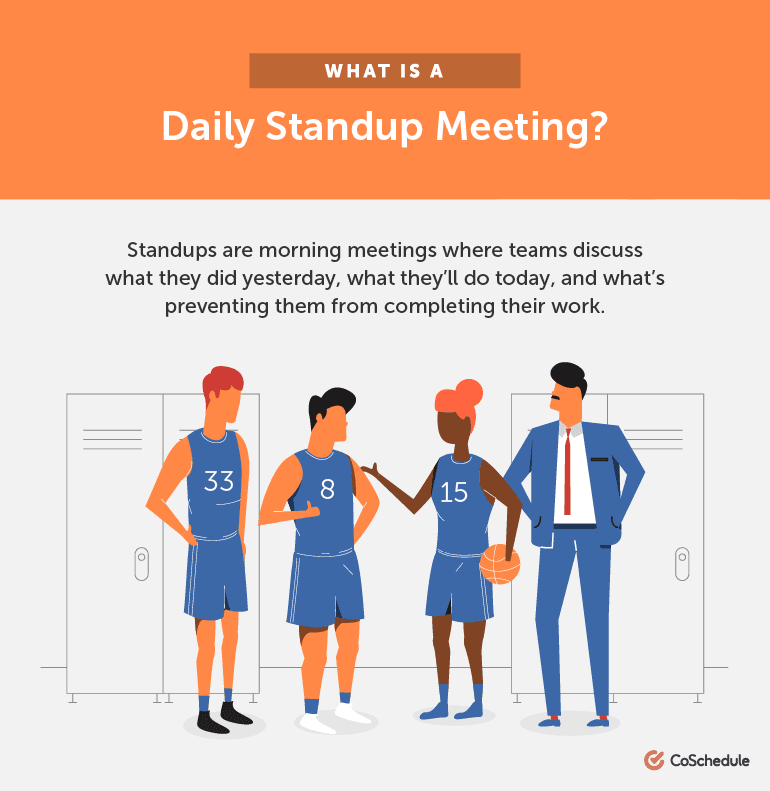
Create a Central Hub to Keep Your Inbound Marketing in Order
A central hub allows you, as the marketing manager, to stay in-the-know about all of your inbound marketing efforts and helps your team members know what they should be working on every day.
There are a couple of ways to accomplish this:
The first is to use the Inbound Marketing
Calendar Template download included in this blog post.
It’s a pre-made Excel spreadsheet that can help you keep your inbound marketing ducks in order.
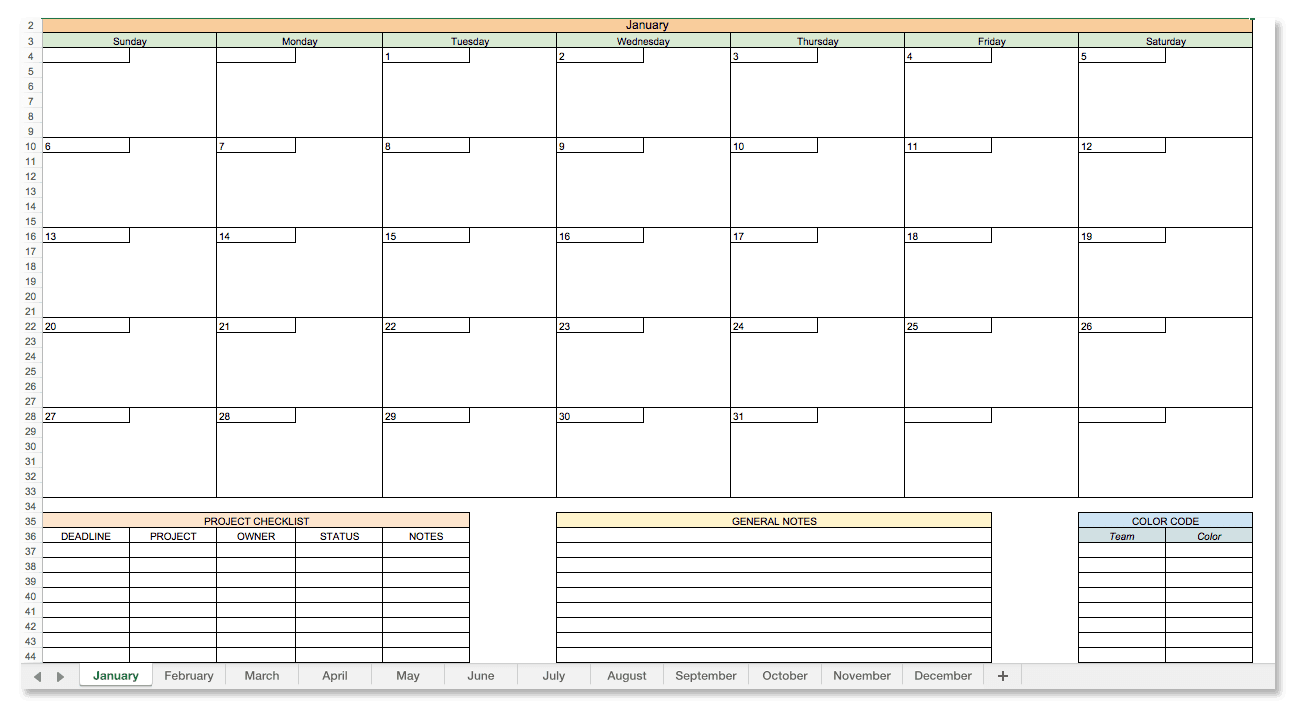
You can add individual inbound projects to each day, add deadlines and assign team members.
Here’s what it could look like filled out with a month’s worth of inbound activities. According to this example calendar, there are four content marketing blog posts and one eBook planned; two landing pages and two A/B tests; several social media campaigns; and a graphics needed for each social campaign.

The problem with this spreadsheet is it involves a lot of manual updating and doesn’t have a very good way of letting team members know what their individual tasks are. CoSchedule offers a better way… which brings us to option two:
Use a
Marketing Suite like CoSchedule to plan all your inbound marketing campaigns.
You can do things like proactively plan all your marketing initiatives like planning, publishing, and automating your social media activities...
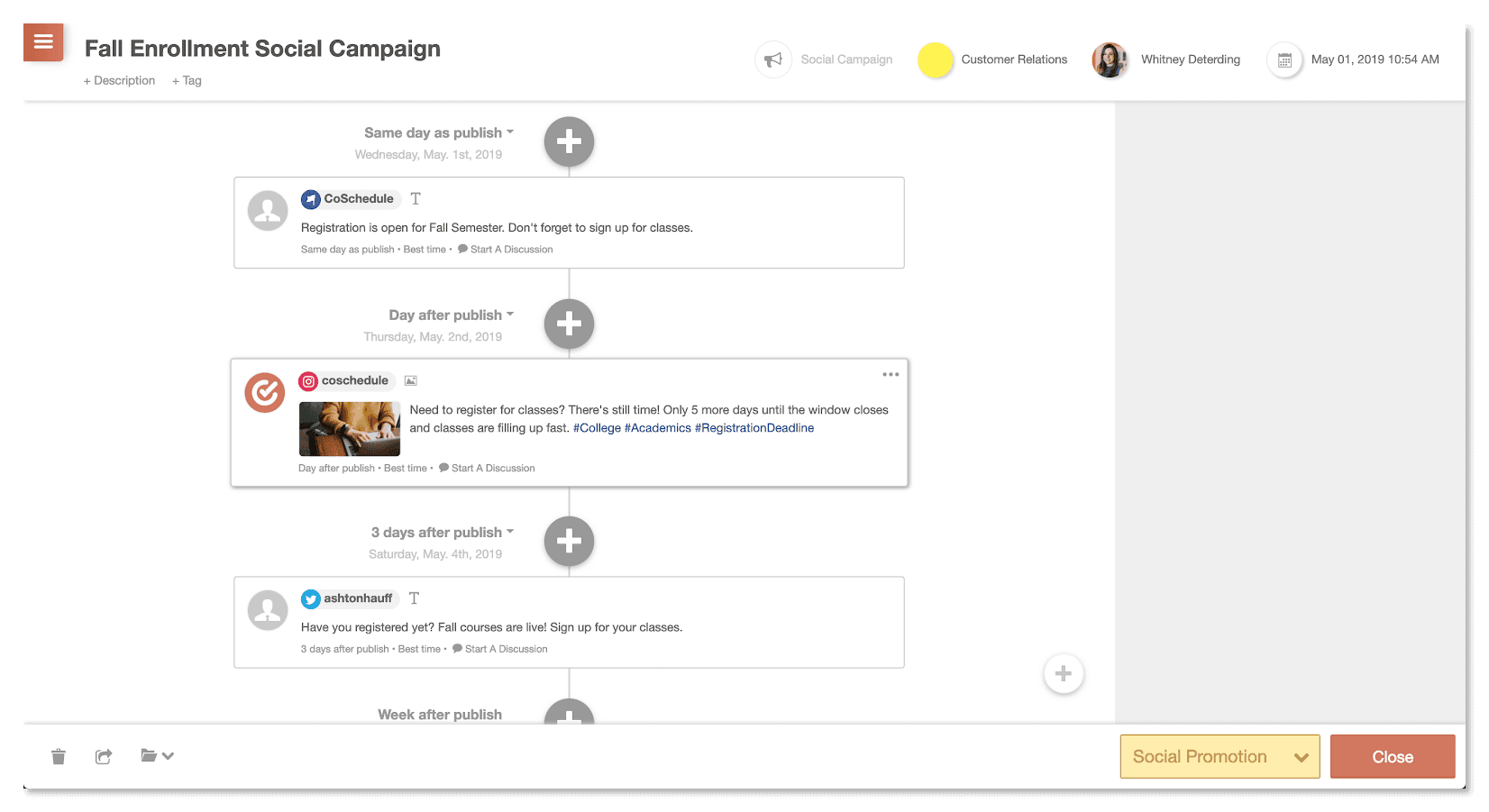
Create a unified view for your entire marketing strategy…
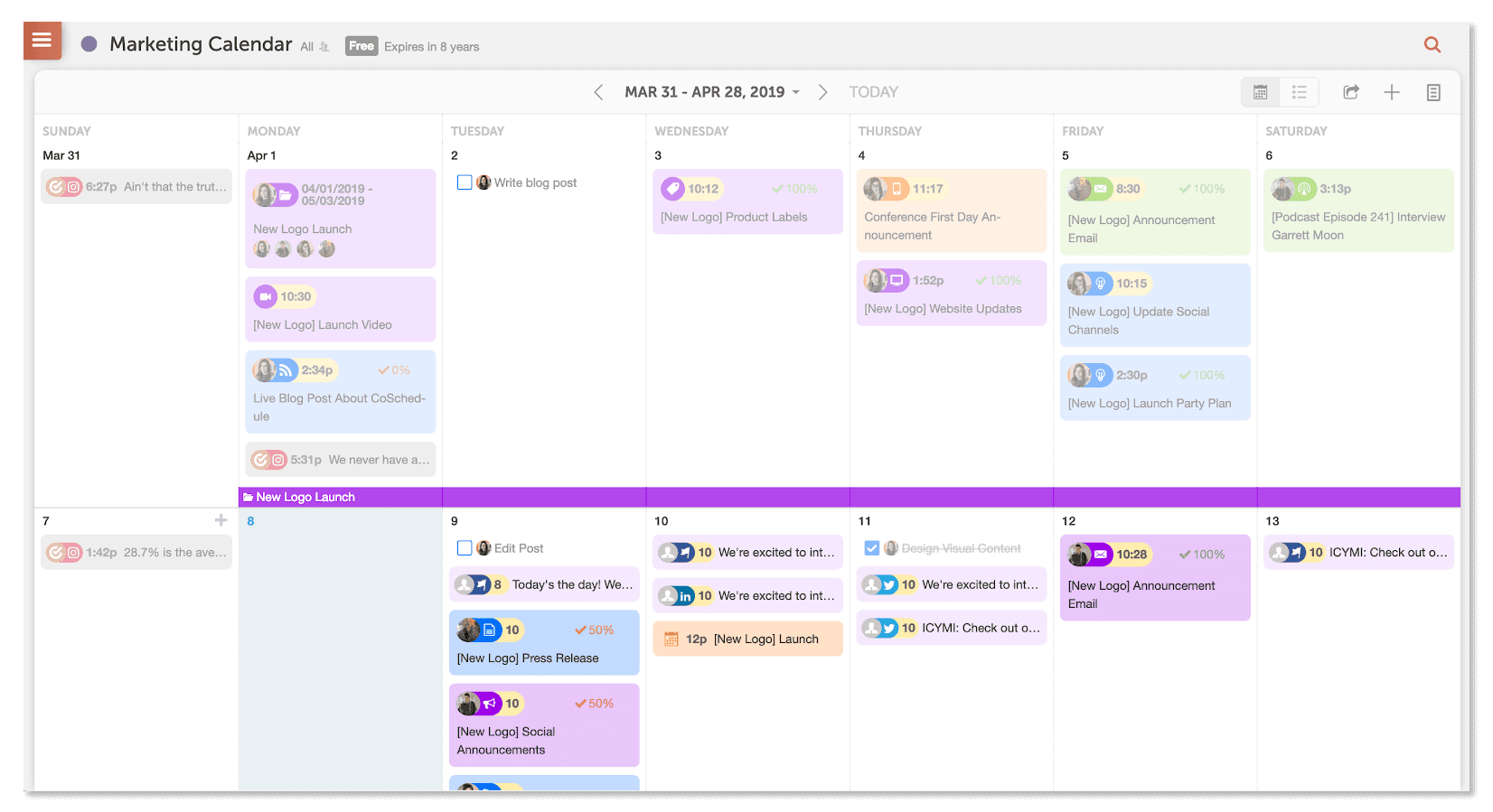
And assign and manage your team’s tasks so everyone knows what their priorities are for the day.
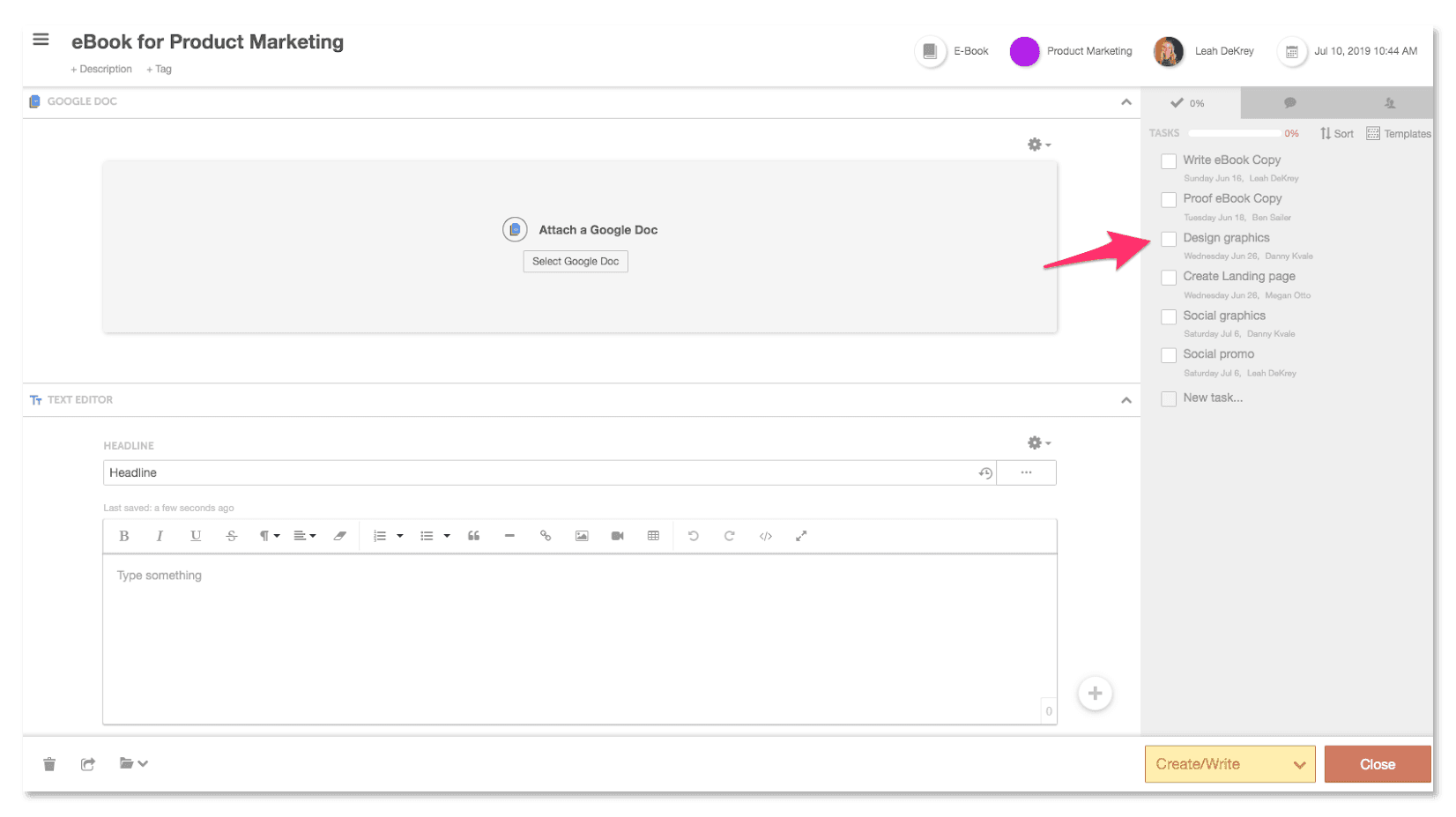
It’s a lot easier than trying to wrangle a messy spreadsheet. But don’t take my word for it, check it out for yourself.
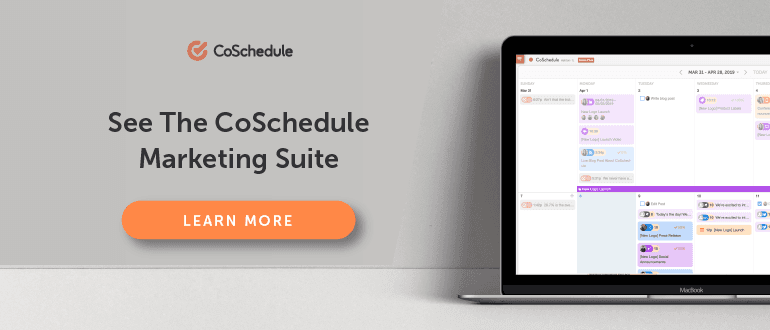
Parts of an Inbound Marketing Campaign
As mentioned above, inbound marketing campaigns have lots of moving parts... landing pages, forms, blog posts, white papers, eBooks, reports, social media campaigns, PPC ads, and emails... just to name a few.
Each work together to help deliver value to your visitors and help your company fill its
marketing funnel with potential customers.
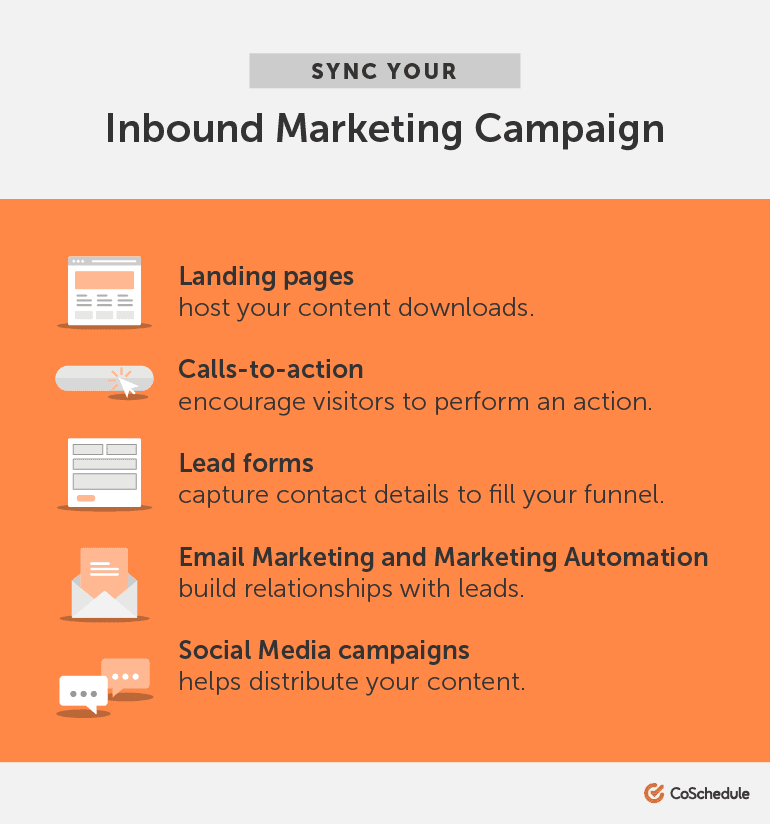
Let’s dig into each one.
Lead Capturing Forms
Your
inbound marketing strategy rides and dies on the ability to track website visitors and incoming leads. Without a lead capturing system, your email list won’t grow and you will struggle to nurture potential customers and reach your goals.
Enter the lead capturing form. This valuable little form sets out to do one thing… help companies capture leads. These forms ask website visitors for pieces of their information in exchange for something of value you’ve created – like an eBook or report.
Forms can be long or short – and there are lots of different opinions about how to best format your lead capture form.
- Keep it short - Short forms will likely increase your conversion rates but could result in lower quality leads.
- Opt for a longer form - longer forms are more difficult to fill out, so fewer people will do so. This will lower your conversion rates, but will likely result in higher quality leads.
There’s no right or wrong way to do it. What’s most important is to test out different lengths and see what works best for your specific company.
Need more advice about how long your lead capture forms should be?
A general rule of thumb is to tailor your lead capture forms to stages of the marketing funnel.
Ideally, don’t ask your website visitors for in-depth information on their first interaction with you. Most people’s first interaction is to signup for a newsletter or enter a contest. Ask for only basic contact information during these interactions like name and email address.
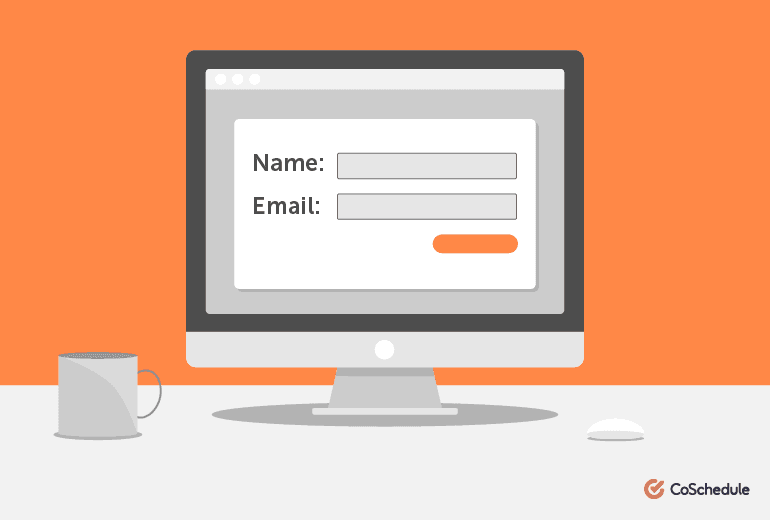
For more in-depth interactions like product demos, free trials, and service quotes, your form can consist of additional fields like job title, company name, team size, income range, etc. These fields will be different depending on your product and industry.
Examples of Lead Forms
No better way to learn than to see some real lead forms in action. Here are a few examples to draw inspiration from.
Intercom
This lead form from Intercom appears when trying to access an item of gated content. The form is slightly longer than an average top-of-funnel lead form, but not so long that it would discourage people from filling it out.
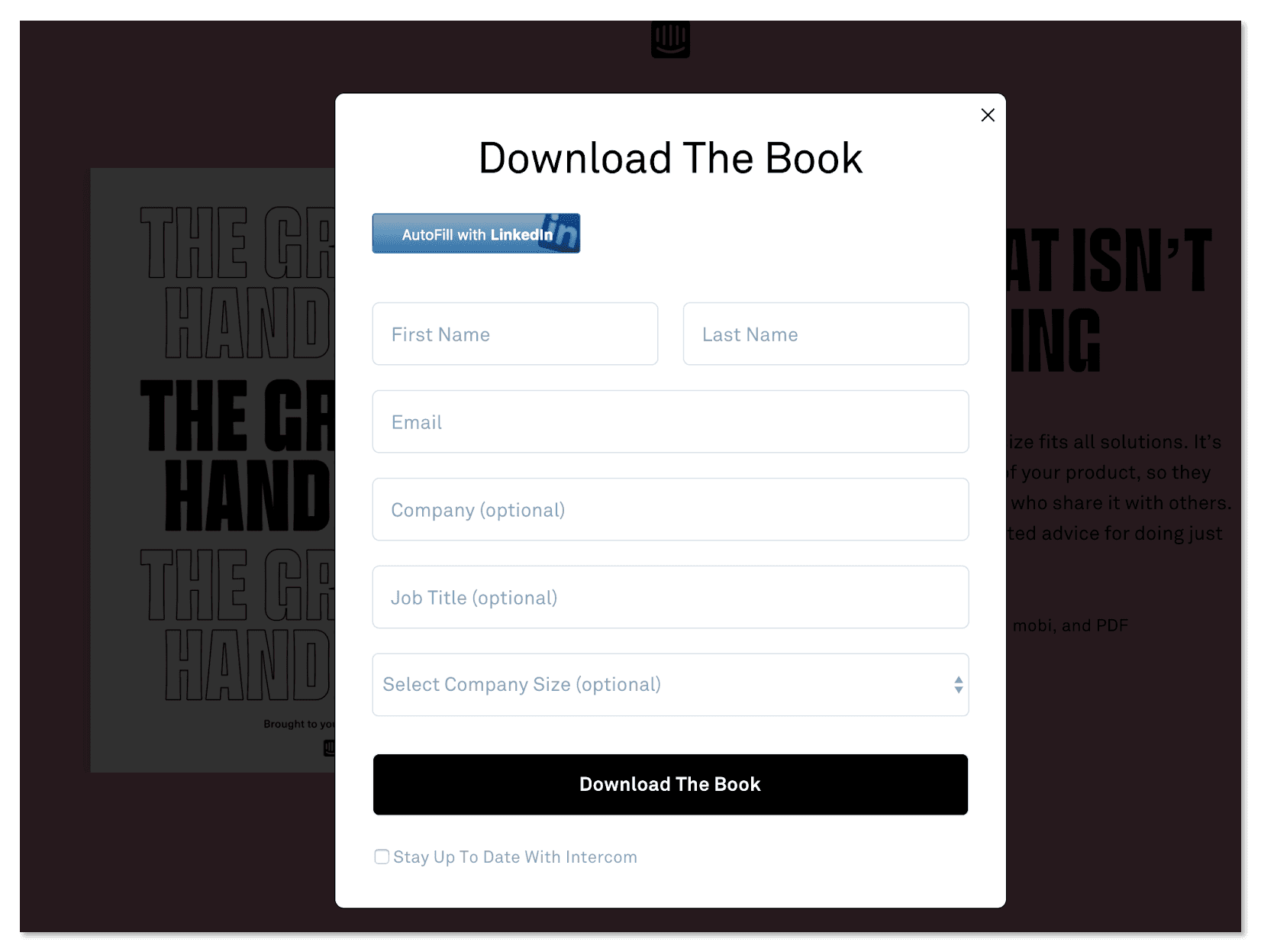
Budget Blinds
This “Schedule a Consultation” lead from Budget Blinds is rather short of a bottom-of-funnel form but captures all the essential information needing to move the consultation forward.

Sunday
The lawn care company, Sunday, gets really creative with their lead capture form. So much so that it feels more like a personalized experience than filling out a lead form.
First, you’re asked to create an account with an email and password. Next, you’re asked to enter your home address. Once done, the site gives you a summary for your lawn as well as a custom lawn care plan.
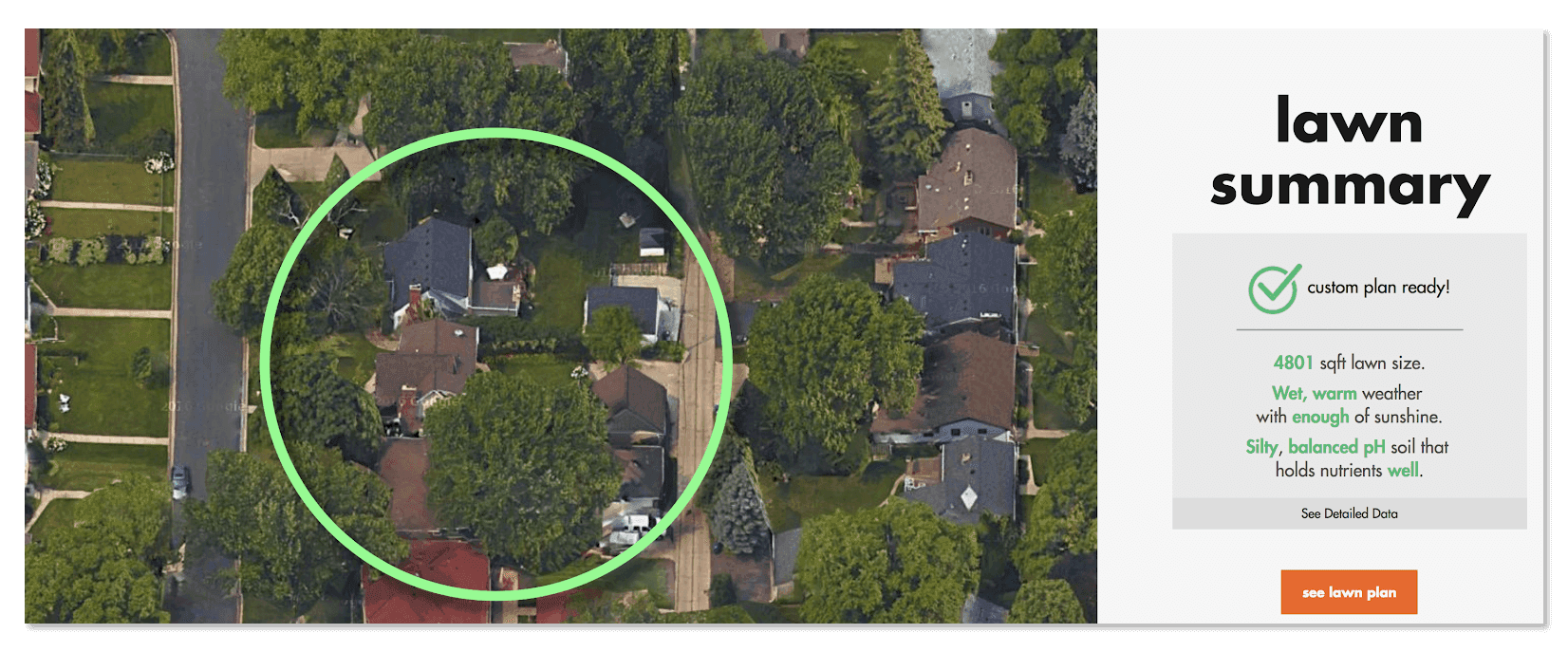
Examples of CTAs
A call-to-action (CTA) is a small but important part of any inbound marketing campaign. You’ve spent loads of time creating great content, now you’ve got to make sure people are compelled to download your content.
A call to action might be at the beginning of a landing page, on a blog post, or shared on a social media image. Wherever it appears, a call to action means you are encouraging your reader to take some kind of actionable task, usually in the form of a button, link or clickable image.
Spotify
Spotify prioritizes prime digital real estate for its call-to-action. This CTA leads the visitor to download Spotify for free. The company also has a secondary CTA below leading the visitor to a promo for Spotify premium. Basically, the entire spotify.com landing page is devoted to CTAs – which proves how important they are.
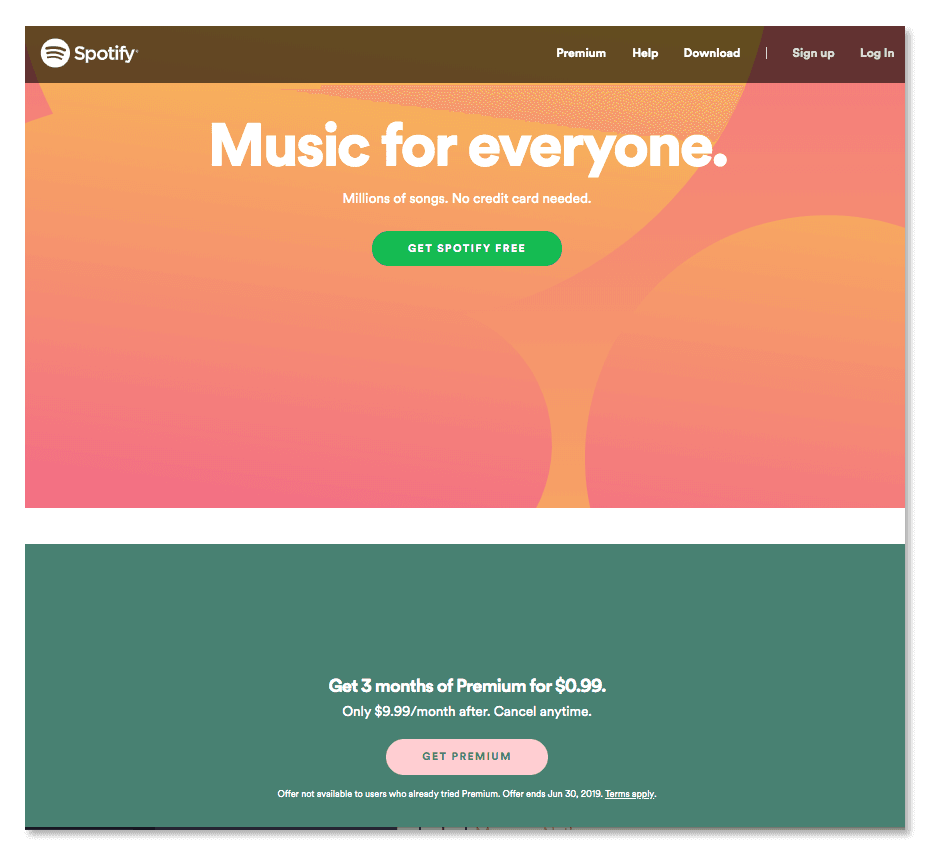
Purple
Mattress company, Purple, makes good use of CTA’s throughout its site.
From signing up for its newsletter to watching the company’s professionally produced video content, each has a unique CTA to encourage the visitor to learn more about its products.
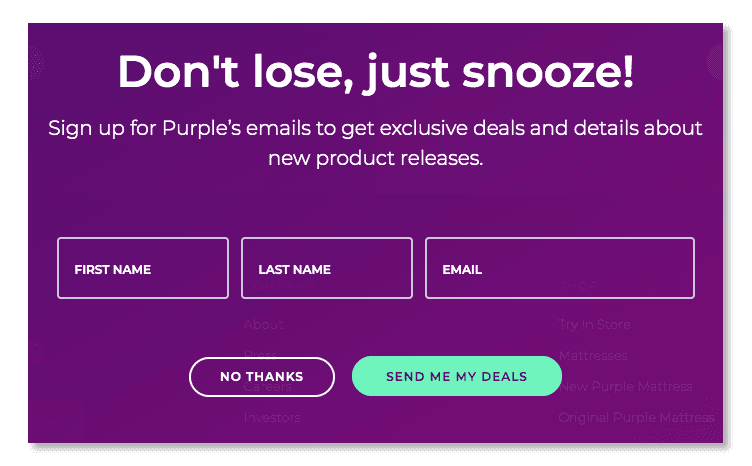
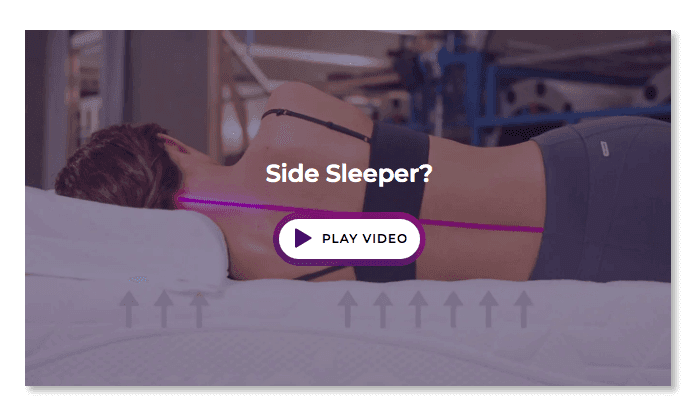
Campaign Monitor
Email marketing platform, Campaign Monitor, makes good use of CTAs on its site, particularly on its blog. At the bottom of this
page, the company strategically places a CTA to participate in its
email marketing course. This captures leads to be further nurtured by subsequent inbound marketing activities.
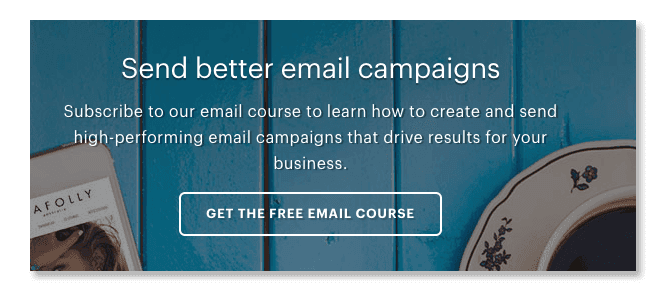
Marketing Automation and Lead Nurturing
Lead nurturing is one of the more difficult parts of inbound marketing campaigns, marketers sometimes neglect to follow up on the leads they obtain from their inbound marketing campaigns. Failure to do this, in a lot of ways, defeats the purpose of content marketing.
Emails, newsletters, and marketing automation are all excellent forms of lead-nurturing, that help grow relationships with potentials customers and inch them closer to making a purchase.
In fact, nurtured leads are
50% more sales-ready than those who have not been through a lead nurturing process. In other words, nurturing your leads will improve your chances of converting them, and make it easier to meet your inbound marketing goals.
Here are some examples of lead nurturing and marketing automation.
West Elm
This email from West Elm aims to couple content promotion to its blog, with CTA to a spring discount promotion. This nurtures leads, as well as helps draw visitors back to the website with great content.
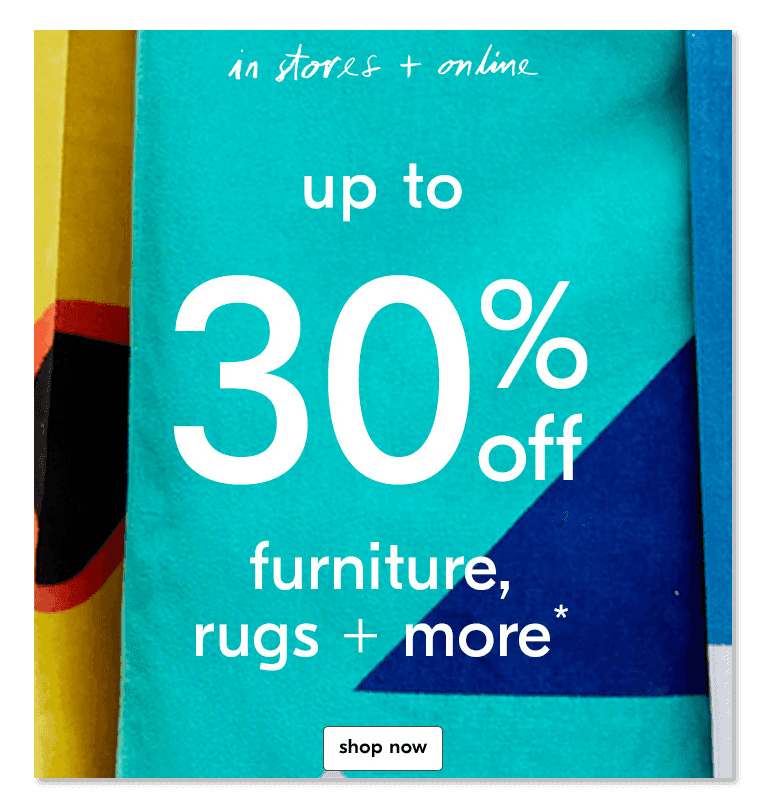
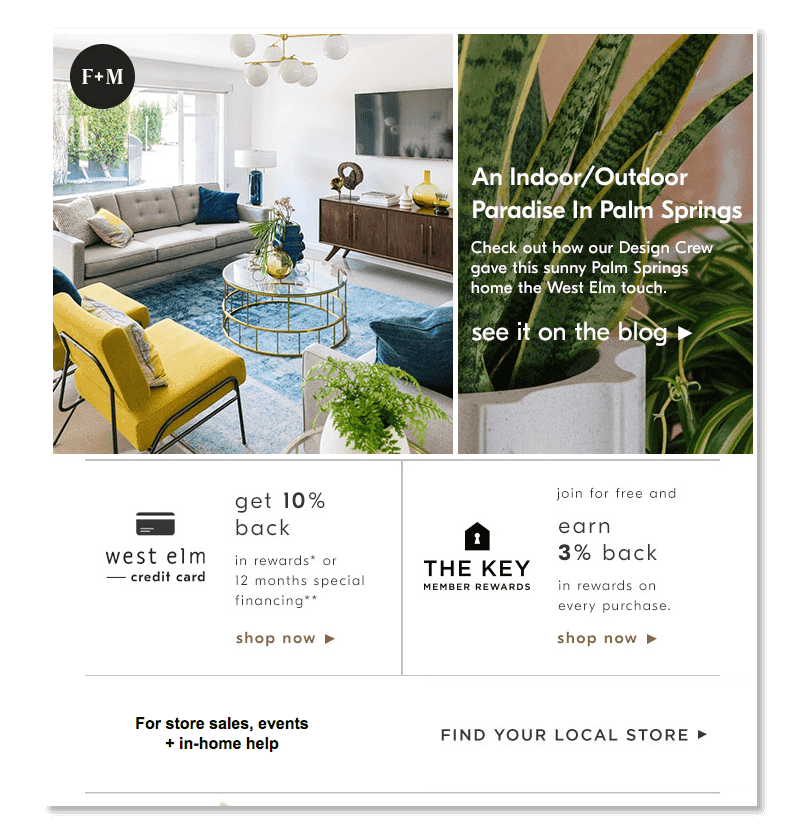
Little Spoon
Little Spoon’s newsletter promotes its content series, “Is This Normal”, which produces interviews with influential women about the challenges of parenthood. The newsletter does a good job of mixing
discount promotions, CTA’s, content marketing efforts, and other elements of inbound marketing to help people move down their marketing funnel.
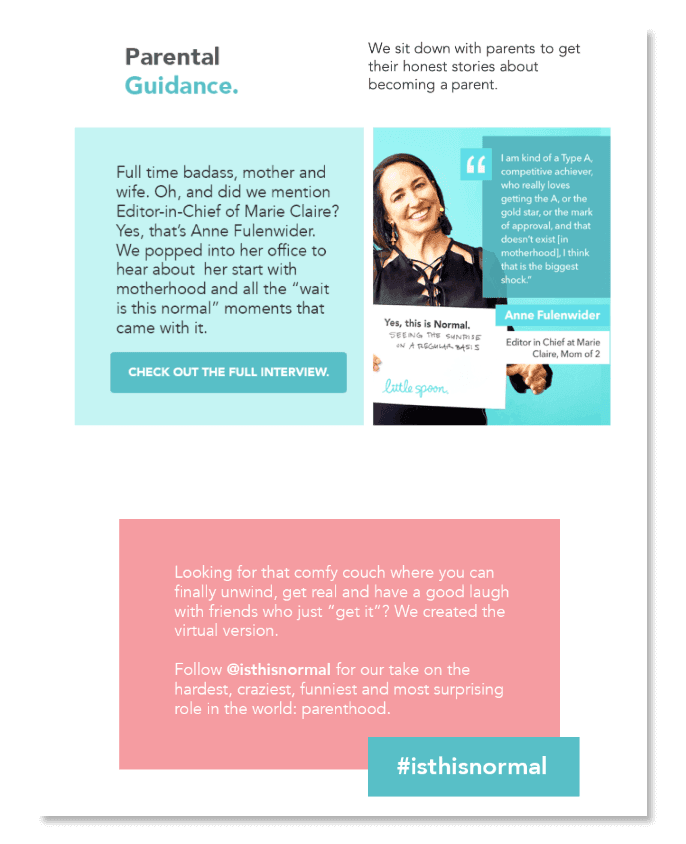
Landing Pages
Your website’s landing pages are an important element of inbound marketing, but an often overlooked one. In fact, getting landing pages built and tested is a
top-five challenge for B2B marketers.
The landing page sets out to present one offer, product, or service and aims to collect the visitor’s information in exchange for something of value.
Common things to create a landing page for include:
- Content marketing downloads. (Items like white papers, eBooks, and reports.)
- Webinar sign-ups.
- Demos and free trials.
- Product presentations.
Gartner
Gartner is a leading advisory and research organization that thousands of businesses turn to for assistance with their technology stacks and organizational priorities. The company leverages landing pages for its regular webinars that help C-suite executives stay in-the-know.
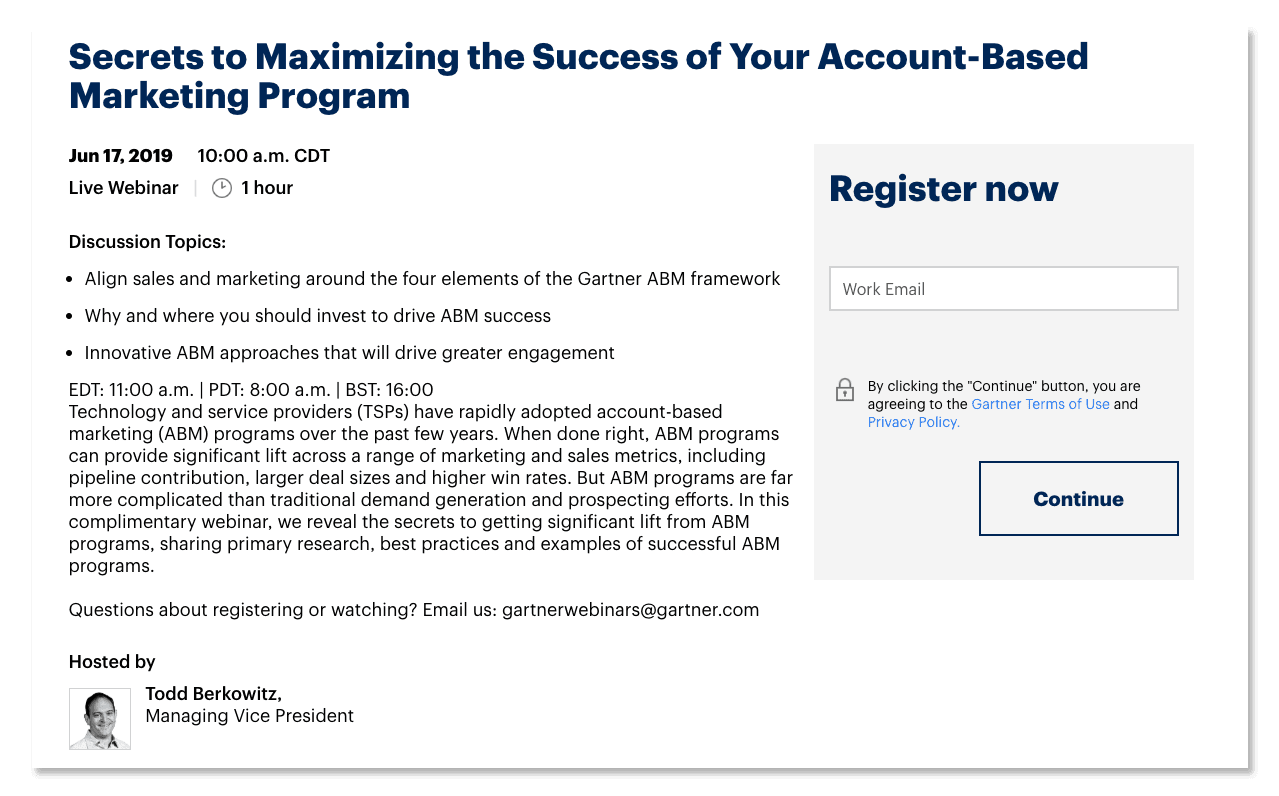
UpWork
Here’s a landing page example from Upwork where visitors can download an eBook created by the company in partnership with Hubspot. The company does a good job of keeping the content simple with only one offer and one CTA on display.
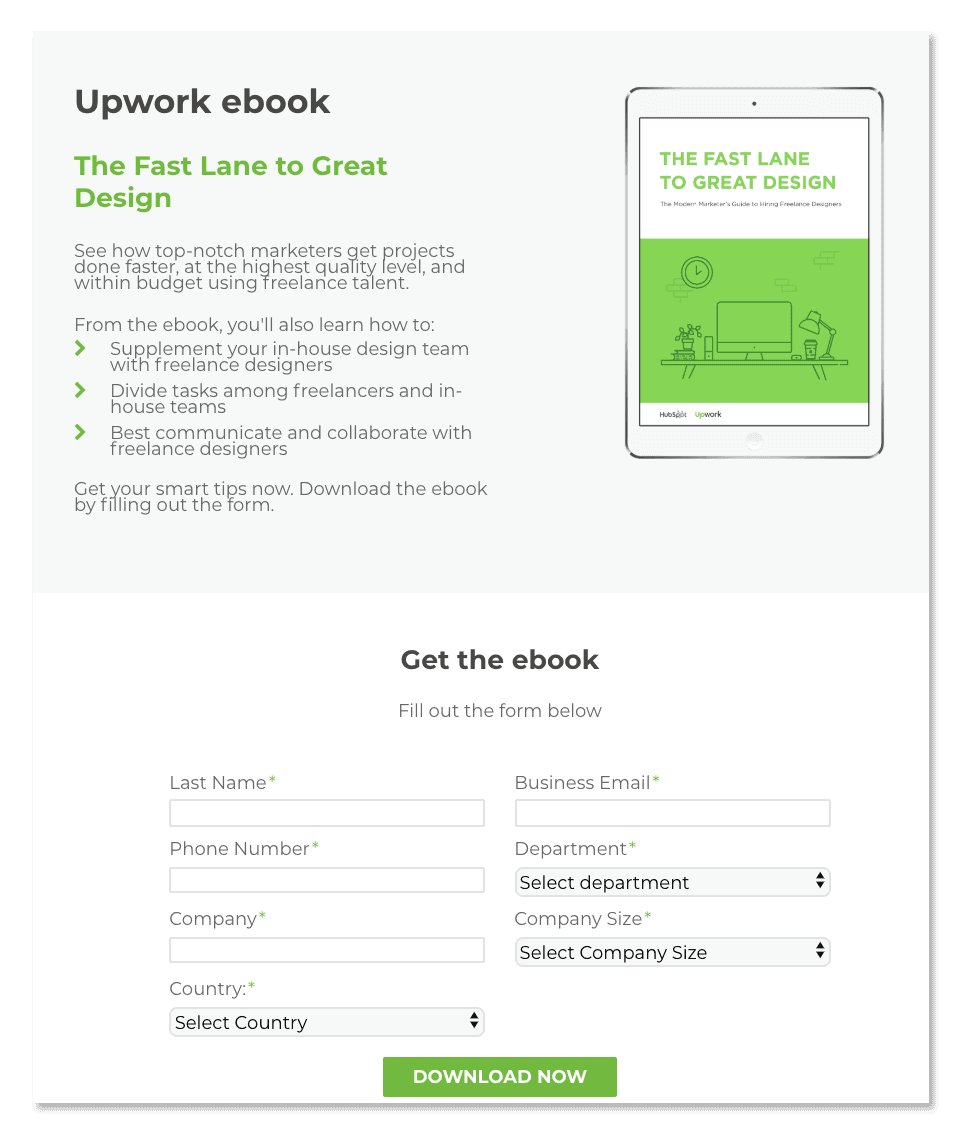
Dropbox
Dropbox’s landing page offers visitors a pre-recorded product demo that can only be watched after the visitor enters their contact information. Another option here would be to lead the individual to an area where they could schedule a live demo with a sales expert.
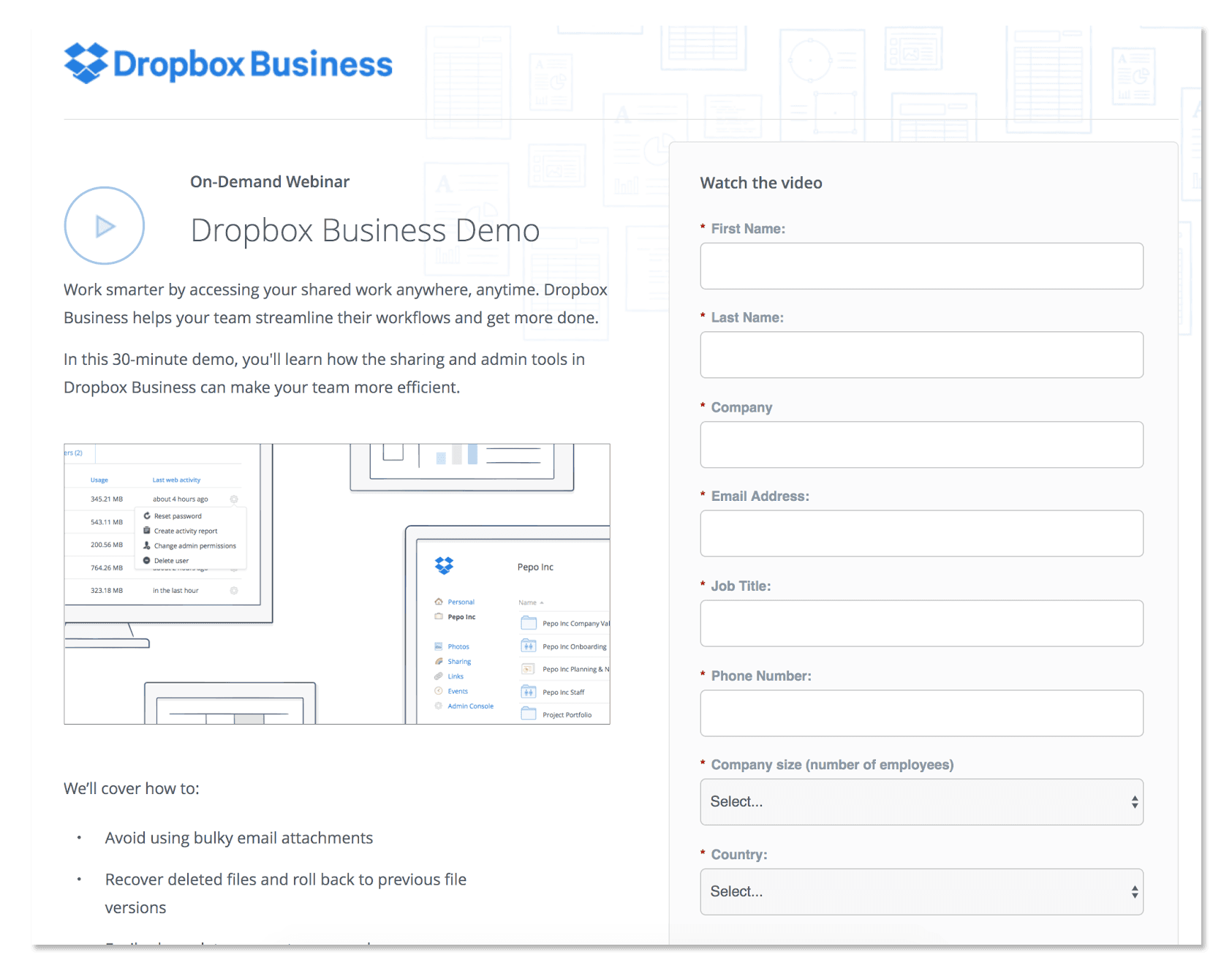
Sick Day Box
This product landing page from Sick Day Box highlights the product, what it includes, and a simple CTA to purchase the box. This example could be altered with a “learn more” CTA leading to a contact form if your company offers a service, rather than an e-commerce product.
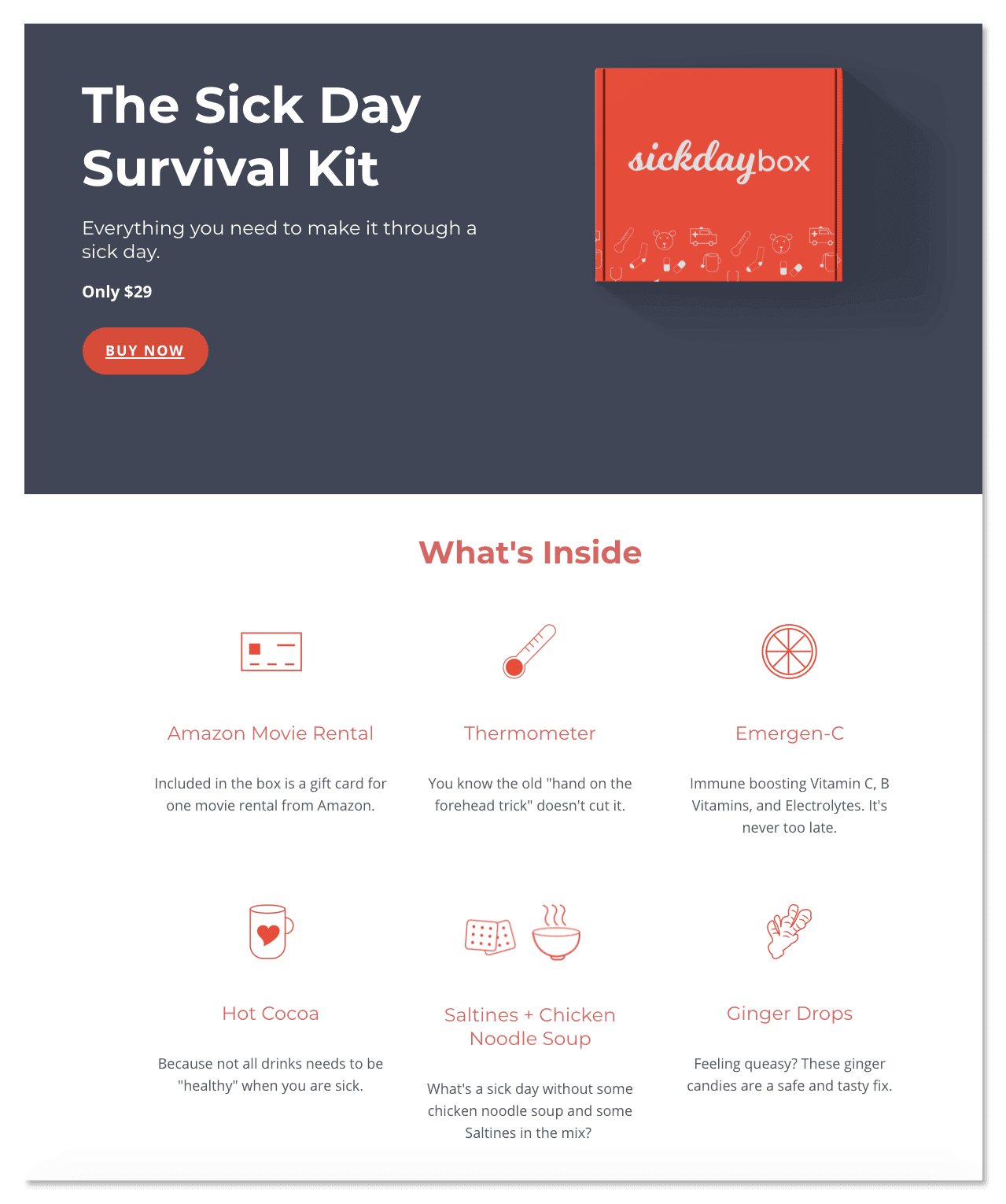
Social Media
Social media channels are becoming increasingly “pay-to-play” marketing platforms, which could call into question its status as an element of an inbound marketing campaign. Be that as it may, it hasn’t been discluded as an inbound tactic… yet.
Mostly because the purpose of inbound marketing remains about delivering the right content to the right person at the right time. Social media is still a good way to accomplish this. The trick to doing inbound social media right is to err on the side of caution.
Inbound is about delivering something of value to your audience. Too often companies use their social media as a content delivery platform to push all their promotional items, not just the ones that their audience would find valuable.
Here are a couple of examples of companies doing inbound social media right.
The Citizenry
The Citizenry does a good job of keeping their social media channels valuable for followers. The company adds content like pop-up shop locations, stories about its producers, sales, and design inspiration.
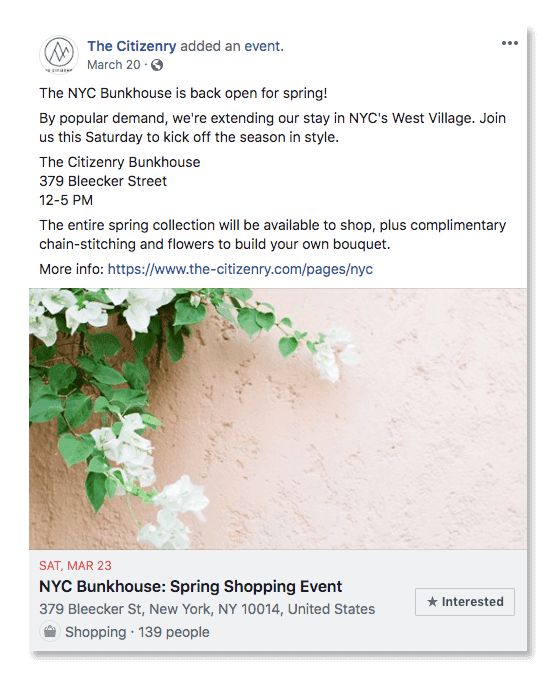
Home Chef
Meal delivery service, Home Chef, leverages a great opportunity to build trust with its social media audience by giving away meal recipes for free. Its audience can try the recipes at home, which helps them realize that the company’s service is both delicious and can make their lives easier.
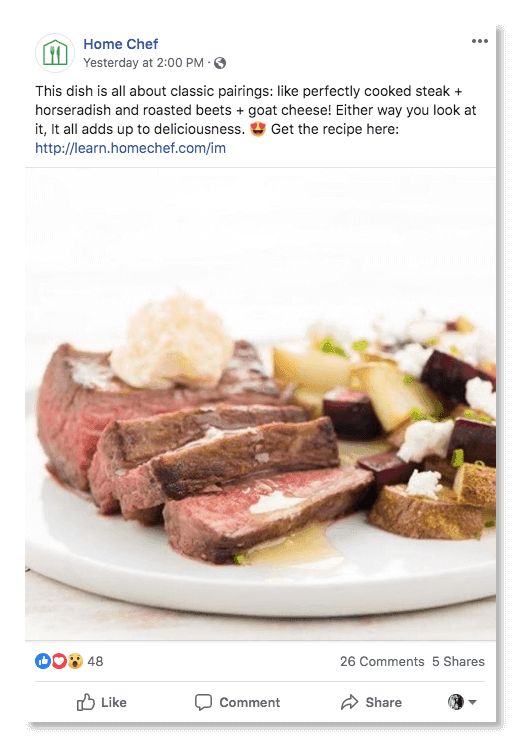
Inbound Marketing Done Right
Now, you’ve got the knowledge to plan one amazing inbound marketing campaign. From each individual inbound marketing element to the best way to get everything kicked off, you’re ready to harness the power of inbound and start seeing amazing results.
If you’re still struggling with the planning aspect and can’t quite capture that amazing feeling when everything just works… check out CoSchedule. It’s the only Marketing Suite where you can plan everything in one place.

 Inbound marketing is everywhere. It’s one of the best strategies marketing teams can deploy to increase results. Why?
Because it is focused on moving people down the marketing funnel. Its purpose is to align all of your marketing channels and focus on providing something your audience deems relevant, useful, or valuable. Once they’re hooked, other tactics nurture those leads until they become customers.
There are a lot of moving pieces and elements working together during an inbound marketing campaign. How do you know that your own campaign is leveraging all the right things to maximize results? Well, you’ve come to the right place.
This post will give you a rundown of all the things you should have in your inbound campaign, as well as a few inbound campaign examples from real-life companies across a range of industries.
Inbound marketing is everywhere. It’s one of the best strategies marketing teams can deploy to increase results. Why?
Because it is focused on moving people down the marketing funnel. Its purpose is to align all of your marketing channels and focus on providing something your audience deems relevant, useful, or valuable. Once they’re hooked, other tactics nurture those leads until they become customers.
There are a lot of moving pieces and elements working together during an inbound marketing campaign. How do you know that your own campaign is leveraging all the right things to maximize results? Well, you’ve come to the right place.
This post will give you a rundown of all the things you should have in your inbound campaign, as well as a few inbound campaign examples from real-life companies across a range of industries.
 Inbound marketing is centered around providing value to potential customers. You start by creating helpful content, free templates, how-to guides etc. (i.e. content marketing). Once they find your content, you engage with them with gated content and nurturing campaigns. Finally, you continually delight the potential customer by being their trusty expert and advisor.
Inbound can be considered pull marketing, where customers are drawn to your company because of valuable or helpful content. This is different from outbound or push marketing – where products are “pushed” on to people.
Inbound marketing is centered around providing value to potential customers. You start by creating helpful content, free templates, how-to guides etc. (i.e. content marketing). Once they find your content, you engage with them with gated content and nurturing campaigns. Finally, you continually delight the potential customer by being their trusty expert and advisor.
Inbound can be considered pull marketing, where customers are drawn to your company because of valuable or helpful content. This is different from outbound or push marketing – where products are “pushed” on to people.
 This is not an example of a well-thought-out marketing goal…
“I want more website visitors.”
This is what you should aim for instead…
‘We need 20,000 website visitors and 5% converted into leads, within the next 12-months in order to achieve our revenue goal of $300,000.
What’s hardest when setting your inbound marketing goals tying them back to wider business goals. In other words, making them relevant to the business. Here is an example of how to tie your inbound goals back to the business’ bottom line.
Start by figuring out how much revenue you need to generate.
Your company sold 2 million dollars in products or services last year and the company needs to grow by 10% next year. You already have 1.7 million dollars in sales promised for next year, expect another $250,000 from marketing initiatives. That leaves you with a gap of $250,000 that you need to close within the next 12-months.
This is not an example of a well-thought-out marketing goal…
“I want more website visitors.”
This is what you should aim for instead…
‘We need 20,000 website visitors and 5% converted into leads, within the next 12-months in order to achieve our revenue goal of $300,000.
What’s hardest when setting your inbound marketing goals tying them back to wider business goals. In other words, making them relevant to the business. Here is an example of how to tie your inbound goals back to the business’ bottom line.
Start by figuring out how much revenue you need to generate.
Your company sold 2 million dollars in products or services last year and the company needs to grow by 10% next year. You already have 1.7 million dollars in sales promised for next year, expect another $250,000 from marketing initiatives. That leaves you with a gap of $250,000 that you need to close within the next 12-months.
 How many sales will it take to close your revenue gap?
First, you’ll need to figure out the value of your average sale. Then, divide your revenue gap by your average sale. If your average sale is $10,000, then you’ll need 25 new customers next year. If your average sale is $300, then you’ll need about 834 new customers in the next 12 months.
How many sales will it take to close your revenue gap?
First, you’ll need to figure out the value of your average sale. Then, divide your revenue gap by your average sale. If your average sale is $10,000, then you’ll need 25 new customers next year. If your average sale is $300, then you’ll need about 834 new customers in the next 12 months.
 Calculate your SQLs - An SQL is Sales Qualified Lead... or someone who meets the ideal target market characteristics to justify an interaction with the sales team. If you need 25 new customers and your sales team closes 25% of the people they’re working with, your marketing team needs to bring in 100 SQLs for the sales team.
Calculate your SQLs - An SQL is Sales Qualified Lead... or someone who meets the ideal target market characteristics to justify an interaction with the sales team. If you need 25 new customers and your sales team closes 25% of the people they’re working with, your marketing team needs to bring in 100 SQLs for the sales team.
 Calculate your MQLs - An MQL is a Marketing Qualified Lead... or someone who has the potential to purchase your product, but needs more nurturing. Let’s say that 30% of your MQLs turn into SQLs, then you need approximately 330 MQLs.
Calculate your MQLs - An MQL is a Marketing Qualified Lead... or someone who has the potential to purchase your product, but needs more nurturing. Let’s say that 30% of your MQLs turn into SQLs, then you need approximately 330 MQLs.
 Calculate website traffic needed - Now that you’ve calculated your MQLs, the last step is figuring out how many visitors you need in total to convert 330 of them into MQLs. Industry average conversion rates range from about 2-5%. We’ll say 5% for the sake of this example. You’ll need about 6,600 website visitors next year to reach your goals.
Calculate website traffic needed - Now that you’ve calculated your MQLs, the last step is figuring out how many visitors you need in total to convert 330 of them into MQLs. Industry average conversion rates range from about 2-5%. We’ll say 5% for the sake of this example. You’ll need about 6,600 website visitors next year to reach your goals.




 You can add individual inbound projects to each day, add deadlines and assign team members.
Here’s what it could look like filled out with a month’s worth of inbound activities. According to this example calendar, there are four content marketing blog posts and one eBook planned; two landing pages and two A/B tests; several social media campaigns; and a graphics needed for each social campaign.
You can add individual inbound projects to each day, add deadlines and assign team members.
Here’s what it could look like filled out with a month’s worth of inbound activities. According to this example calendar, there are four content marketing blog posts and one eBook planned; two landing pages and two A/B tests; several social media campaigns; and a graphics needed for each social campaign.
 The problem with this spreadsheet is it involves a lot of manual updating and doesn’t have a very good way of letting team members know what their individual tasks are. CoSchedule offers a better way… which brings us to option two:
Use a Marketing Suite like CoSchedule to plan all your inbound marketing campaigns.
You can do things like proactively plan all your marketing initiatives like planning, publishing, and automating your social media activities...
The problem with this spreadsheet is it involves a lot of manual updating and doesn’t have a very good way of letting team members know what their individual tasks are. CoSchedule offers a better way… which brings us to option two:
Use a Marketing Suite like CoSchedule to plan all your inbound marketing campaigns.
You can do things like proactively plan all your marketing initiatives like planning, publishing, and automating your social media activities...
 Create a unified view for your entire marketing strategy…
Create a unified view for your entire marketing strategy…
 And assign and manage your team’s tasks so everyone knows what their priorities are for the day.
And assign and manage your team’s tasks so everyone knows what their priorities are for the day.
 It’s a lot easier than trying to wrangle a messy spreadsheet. But don’t take my word for it, check it out for yourself.
It’s a lot easier than trying to wrangle a messy spreadsheet. But don’t take my word for it, check it out for yourself.

 Let’s dig into each one.
Let’s dig into each one.
 For more in-depth interactions like product demos, free trials, and service quotes, your form can consist of additional fields like job title, company name, team size, income range, etc. These fields will be different depending on your product and industry.
For more in-depth interactions like product demos, free trials, and service quotes, your form can consist of additional fields like job title, company name, team size, income range, etc. These fields will be different depending on your product and industry.



















